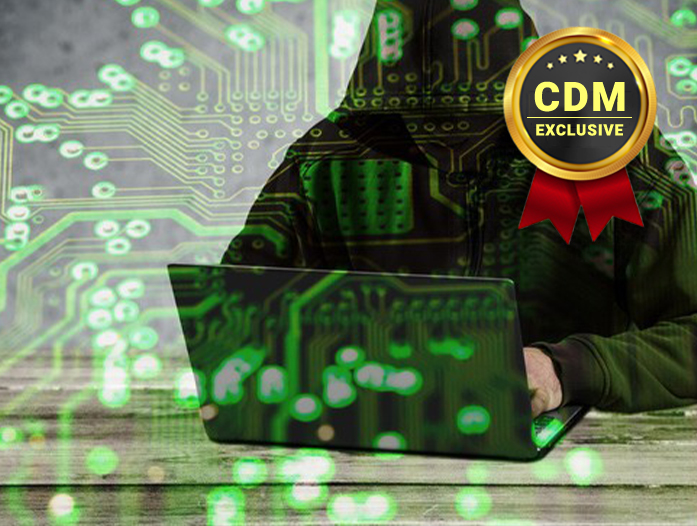By Damien Fortune, Chief Operating Officer, Secured Communications
With the global shift to remote work, crime is moving from physical space to cyberspace. Businesses are doing their most important and valuable online business online more than ever, sending more valuable and sensitive information over unsecured networks. This has provided malicious actors with incentives and opportunities to increase their focus on cybercrime, and as cyberthreats continue to grow in sophistication and access to powerful computing power, cybersecurity companies are empowered to better combat these new threats. We are faced with a challenge to evolve.
Data breaches have skyrocketed in the past decade, exposing sensitive information and damaging customer trust, which can be catastrophic, especially for small businesses. More than ever, businesses need to know how to keep their data safe while maintaining a smooth and productive work environment. Building on this trend, new protocols are emerging that provide an additional layer of defense for corporate communications.
One of the newest tools in the fight against cybercrime is Messaging Layer Security (MLS). This next-generation, end-to-end encryption (E2EE) security layer encrypts each individual message with a changing encryption key, allowing for Perfect Forward Security (PFS) and post-breach security. That is, if a message is intercepted or compromised, only the content of that message is exposed, as opposed to providing information that could compromise the entire message chain or enable further monitoring through a man-in-the-middle attack. . Most communication platforms on the market today use Transport Layer Security (TLS) technology, an older technology that does not provide a similar layer of protection and is vulnerable to multiple vectors of attack.
Along with digital protection of the content itself, tools to protect users are also evolving. multi-factor authentication (MFA), in which users must present several forms of proof of identity to access information; more widespread. Traditionally, MFA requires something the user knows (eg a password). What they have (i.e. their device) and the most secure option – who they are (biometrics using Touch ID or Face ID).
As those who choose to hack into business systems gain increased technological sophistication and access to more computing power, a migration to more sophisticated tools is inevitable. As modern workflows continue to move from outdated email systems to messaging and collaboration-focused tools, we expect MLS, MFA, and other tools to appear at the forefront of cybersecurity suites in the near future.
About the author
Damien Fortune is the Chief Operating Officer. secure communication, a leading global technology company specializing in ultra-secure enterprise communications solutions trusted by businesses, public safety and counter-terrorism professionals worldwide. His career began on Wall Street as a sell analyst dealing with energy and industrial stocks. There, he transitioned to private equity as a portfolio manager and eventually assumed the role of CFO/COO of a portfolio company.
Damien can be contacted online at support@securedcommunications.com and on our website. http://www.securedcommunications.com.
Fair Use Notice: “Fair use” laws allow other authors to make limited use of the original author’s work without permission. Under 17 US Code § 107, “It is not copyright infringement to use copyrighted material for purposes such as criticism, commentary, news reporting, education (including multiple copies for classroom use), scholarship, or research.” As a matter of policy, fair use is based on the belief that the public is free to use portions of copyrighted material for the purposes of comment and criticism. Fair use privileges are perhaps the most important restrictions on the exclusive rights of copyright owners. Cyber Defense Media Group is a news reporting company that reports cyber news, events, information and more free of charge on its website Cyber Defense Magazine. All images and reporting are conducted exclusively in accordance with the fair use of US copyright laws.
